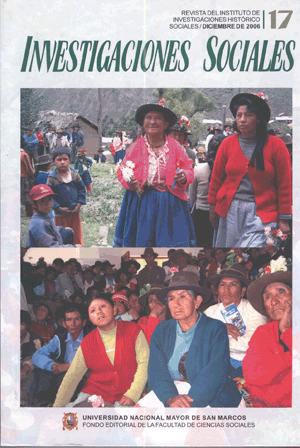La geografía en un mundo postmoderno Los debates teóricos y metodológicos en el siglo XXI
DOI:
https://doi.org/10.15381/is.v10i17.7071Keywords:
Geography, quantitative geography, radical geography, methody, tendencies, theories, paradigms, social processes.Abstract
The present investigation approaches two divergent tendencies that contribute inthe construction of the geography, the quantitative geography and the radicalgeography. The first one approaches the analysis of the geographical processes fromthe numeric perspective, based on the mathematics, statistic and computer science.The second tendency has a mainly social focus and it prioritizes the studies of thesocial and space inequality. However, recent studies demonstrate that it exists, betweenboth, a theoretical-methodological complement. The radical geography prioritizesthe conceptual construction and the quantitative geography the construction ofmethodologies. For it, the present study approaches the hybrid one, of theory andmethodology, resultants of the convergence of these two tendencies, the generationin new ways of analysis of the social processes and the re-definition and reconstructionof the methodological and conceptual aspect of the current geographical science.Downloads
Published
Issue
Section
License
Copyright (c) 2006 John James Beraún Chaca

This work is licensed under a Creative Commons Attribution-NonCommercial-ShareAlike 4.0 International License.
AUTHORS RETAIN THEIR RIGHTS:
a. Authors retain their trade mark rights and patent, and also on any process or procedure described in the article.
b. Authors retain their right to share, copy, distribute, perform and publicly communicate their article (eg, to place their article in an institutional repository or publish it in a book), with an acknowledgment of its initial publication in Investigaciones Sociales.
c. Authors retain theirs right to make a subsequent publication of their work, to use the article or any part thereof (eg a compilation of his papers, lecture notes, thesis, or a book), always indicating the source of publication (the originator of the work, journal, volume, number and date).






